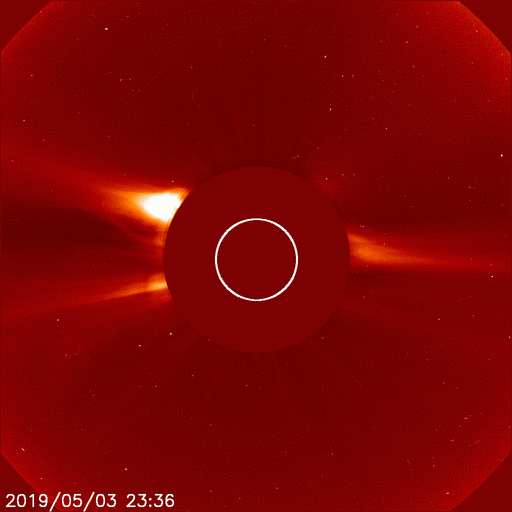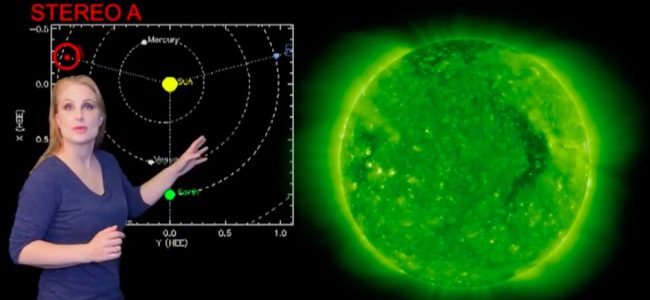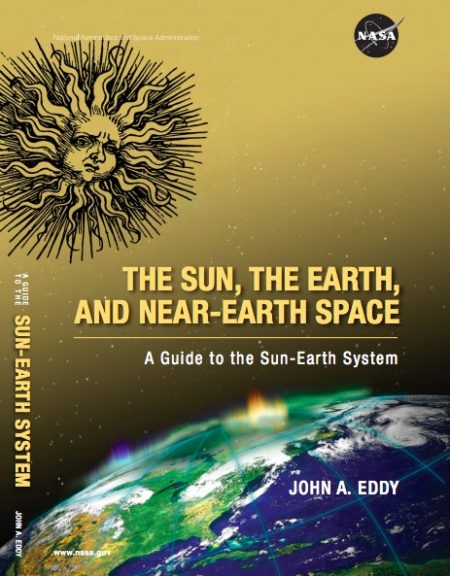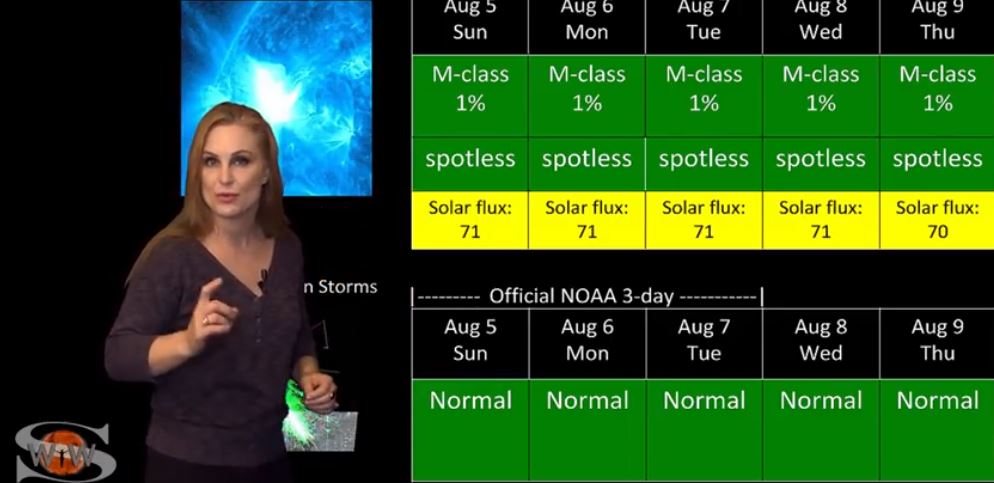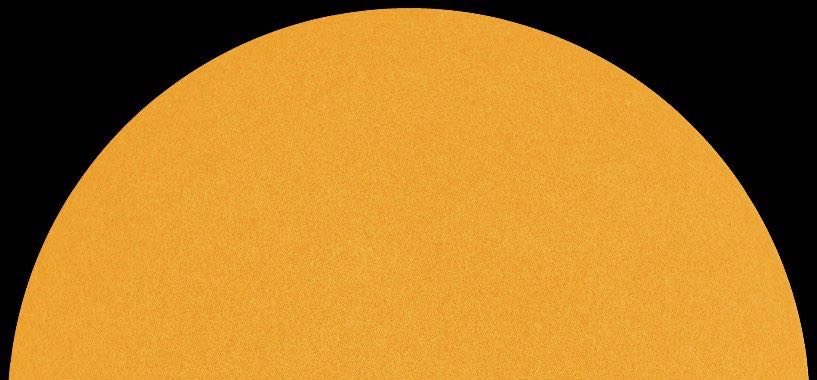
Source: Ciarán D. Beggan and Steve R. Marple
(Source: Southgate ARC)
Ciarán Beggan of the British Geological Survey describes how a network of 9 Raspberry Pi magnetometers were deployed to schools around the UK to measure geomagnetic storms
As computers such as the Raspberry Pi and geophysical sensors have become smaller and cheaper it is now possible to build a reasonably sensitive system which can detect and record the changes of the magnetic field caused by the Northern Lights (aurora).
Though not as accurate as a scientific level instrument, the Raspberry Pi magnetometer costs around 1/100th the price (about £180 at 2019 prices) for around 1/100th the accuracy (~1.5 nanoTesla). However, this is sufficient to make interesting scientific measurements.
During 2017, a network of 9 Raspberry Pi magnetometers were deployed to schools around the UK from Benbecula to Norwich. On September 8, 2017 a large geomagnetic storm was captured by the school magnetometers. Using these data and the array of other magnetometers around the North Sea, we were able to recreate the spatial and temporal changes of the magnetic field during the storm in great detail. The two phases of the storm show the westward (night time) and eastward (daytime) flow of the auroral electrojet currents in the ionosphere.
Source http://www.mist.ac.uk/nuggets
Download the paper Building a Raspberry Pi school magnetometer network in the UK
https://www.geosci-commun.net/1/25/2018/gc-1-25-2018.pdf
Click here to read at the Southgate ARC.

